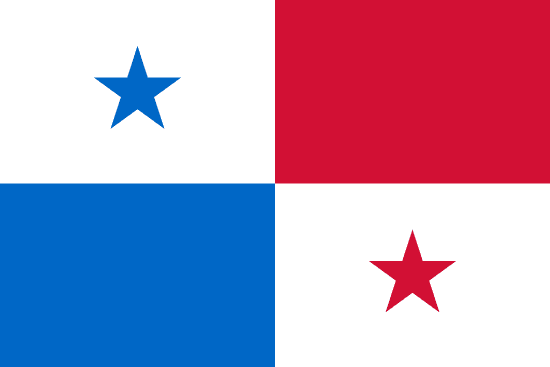"Portobelo, la joya del Caribe | Portobelo, the jewel of the Caribbean"
About:
Portobelo, Panama, was founded by Spanish explorer Francisco Velarde y Mercado in 1597. It became a major silver-exporting port and was frequently attacked by pirates. The city was captured twice by British forces, in 1596 and 1739. After the decline of the Spanish Empire, Portobelo remained a fishing village. Today, it's recognized for its historical significance, with several ruins and forts designated as UNESCO World Heritage Sites. It also hosts the famous "Festival de Cristo Negro" annually.
When to visit:
Portobelo, located in Panama, is a popular tourist destination known for its rich history and vibrant culture. The best time to visit Portobelo is during the dry season, which typically runs from mid-December to mid-April. This period offers sunny days and warm temperatures, ideal for exploring the town's historic sites and beautiful beaches. However, be prepared for higher prices and larger crowds during this peak tourist season.
When to avoid:
Portobelo, a small town in Panama renowned for its historic significance and picturesque landscapes, experiences its peak tourist season from December to April. However, the worst time to travel to Portobelo on a holiday would be during the rainy season, which typically occurs from May to November. This period is characterized by frequent downpours and high humidity levels, making outdoor activities less enjoyable. Travelers may also encounter potential disruptions due to tropical storms and hurricanes that can affect the region during this time. It is advisable to plan your visit to Portobelo during the dry season for a more pleasant and memorable holiday experience.
Rainy Season (Apr-Dec)
Portobelo, Panama, experiences its wettest period from May to November. During these months, the region receives an average rainfall of over 200mm per month, with July being the heaviest at around 300mm. The average temperature ranges from 24°C to 29°C, a bit cooler than the dry season but still quite warm. Sunlight is less abundant, with heavy cloud cover often blocking the sun. Visitors can expect a typical day to be humid and rainy, with occasional sunbreaks. Despite the rain, the lush greenery and vibrant wildlife thrive, offering a unique tropical experience.
"Summer (December–April)"
Portobelo, Panama experiences its warmest period from March to April. During these months, the average high temperatures hover around 90°F (32°C), while the lows typically do not drop below 75°F (24°C). Rainfall is minimal during this time, with March being the driest month of the year.
Sunlight is abundant, with an average of 6 to 7 hours of bright sunshine each day. Despite being the warmest part of the year, the humidity can be quite high, often exceeding 80%, which can make the heat feel more intense. Cloudiness varies, but clear or partly cloudy days are more common, especially in the mornings.
A typical day for a visitor during this time would start with a warm, sunny morning, perfect for exploring the historical sites or enjoying water activities. As the day progresses, the heat and humidity increase, making the afternoons feel quite hot and sticky. It's a good time to relax in the shade or enjoy indoor activities. Evenings are warm and generally pleasant, ideal for dining outdoors or strolling along the beach.
Language:
In Portobelo, a historic city in Panama, the most commonly spoken language is Spanish, as it is the official and dominant language of the country. However, due to its historical significance and attraction to tourists, English may also be heard. Additionally, indigenous languages such as Ngäbere are spoken by some communities in Panama.




